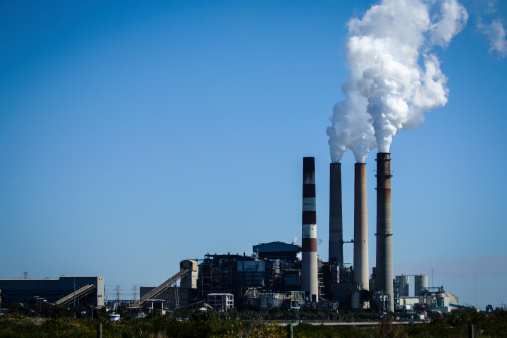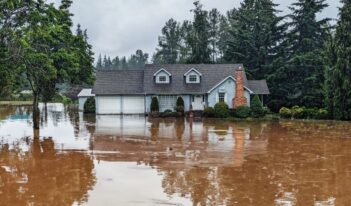
The last years of the Obama administration will determine if the EPA succeeds in implementing a cap-and-trade regime.
President Obama has made climate change policy a strong component of his second term. Since his reelection, his administration has issued an ambitious Climate Action Plan and the Environmental Protection Agency (EPA) has initiated actions to regulate greenhouse gas emissions (GHGs) from new and existing power plants.
If implemented, power plant regulations will have a significant impact on climate policy. The EPA plans to set GHG emission limits for new power plants through the commonly used New Source Performance Standard (NSPS) program under the Clean Air Act (CAA) by the summer of 2014. The agency also plans to follow its establishment of standards for new sources with GHG emission standards for existing power plants under the rarely used Section 111(d) of the CAA by the summer of 2015. Section 111(d) allows the EPA to regulate air pollutants from existing sources that are not regulated under another section of the CAA. However, the EPA is required to seek the input of states and is mandated to provide them with significant flexibility in achieving the mandated emission reductions.
Stakeholders have been quick to provide the EPA with their input about the best means to reduce GHG emissions, with groups ranging from the National Climate Coalition, Resources for the Future, the Regional Greenhouse Gas Initiative, and the Regional Energy Efficiency Organizations, among others, calling for a market-based and interstate emission trading program. The cap-and-trade program these groups advocate would be somewhat similar to the current acid rain program. Many states have since joined the chorus of emission trading’s supporters, which is particularly important because Section 111(d) requires the EPA to collaborate with states on rule development. Thus, it is very possible that the EPA will include a cap-and-trade compliance option in the rule.
These market-based approaches—such as cap and trade—are not new, and have extensively been promoted over the past twenty years as a more innovative approach to achieving environmental results at the lowest cost. However, the EPA has struggled to implement an interstate cap-and-trade program under the CAA, despite trying on several occasions. For example, the EPA tried to use this approach most recently with the promulgation of its Cross-State Air Pollution Rule (CSAPR). However, CSAPR, as with previous attempts, was struck down by the U.S. Court of Appeals for the District of Columbia, primarily because the court found that the agency did not show definitively that significant contributor states were reducing their emissions as required under the CAA.
The recent exercise of the “nuclear option” of the Senate’s filibuster rule has had direct effects on the DC Circuit Court, as the Senate has since approved three new judges to the court. Even if the presumably more liberal D.C. Circuit Court would accept a trading program in this power plant emission rule, the final fate of any GHG rule will likely be decided by the U.S. Supreme Court. The CSAPR case, mentioned earlier, is currently under review by the Supreme Court, and a reversal of the decision of the D.C. Circuit Court in that case could open the door for the EPA to use a similar cap-and-trade approach with its forthcoming GHG standards.
The final years of the Obama presidency could determine if the EPA can regulate air pollutants through an interstate cap-and-trade regime under the CAA. Confirmation of the EPA’s power to do so could further bolster the role of administrative agencies in managing environmental policy. This development could enable the EPA to begin to advance a climate change program in a piecemeal fashion, moving national climate change policy forward under the current CAA despite congressional gridlock impeding the adoption of new climate change legislation.





